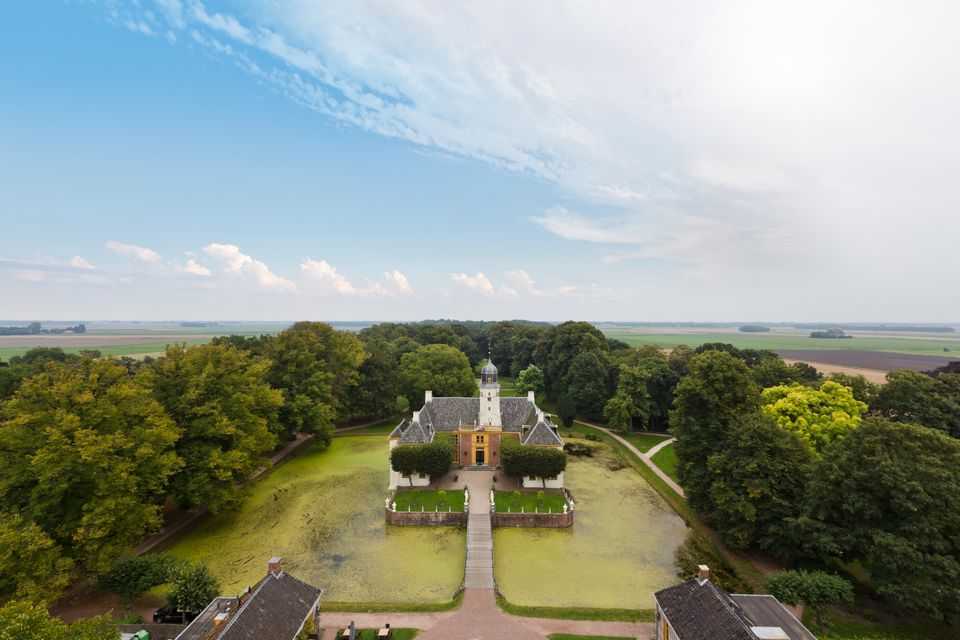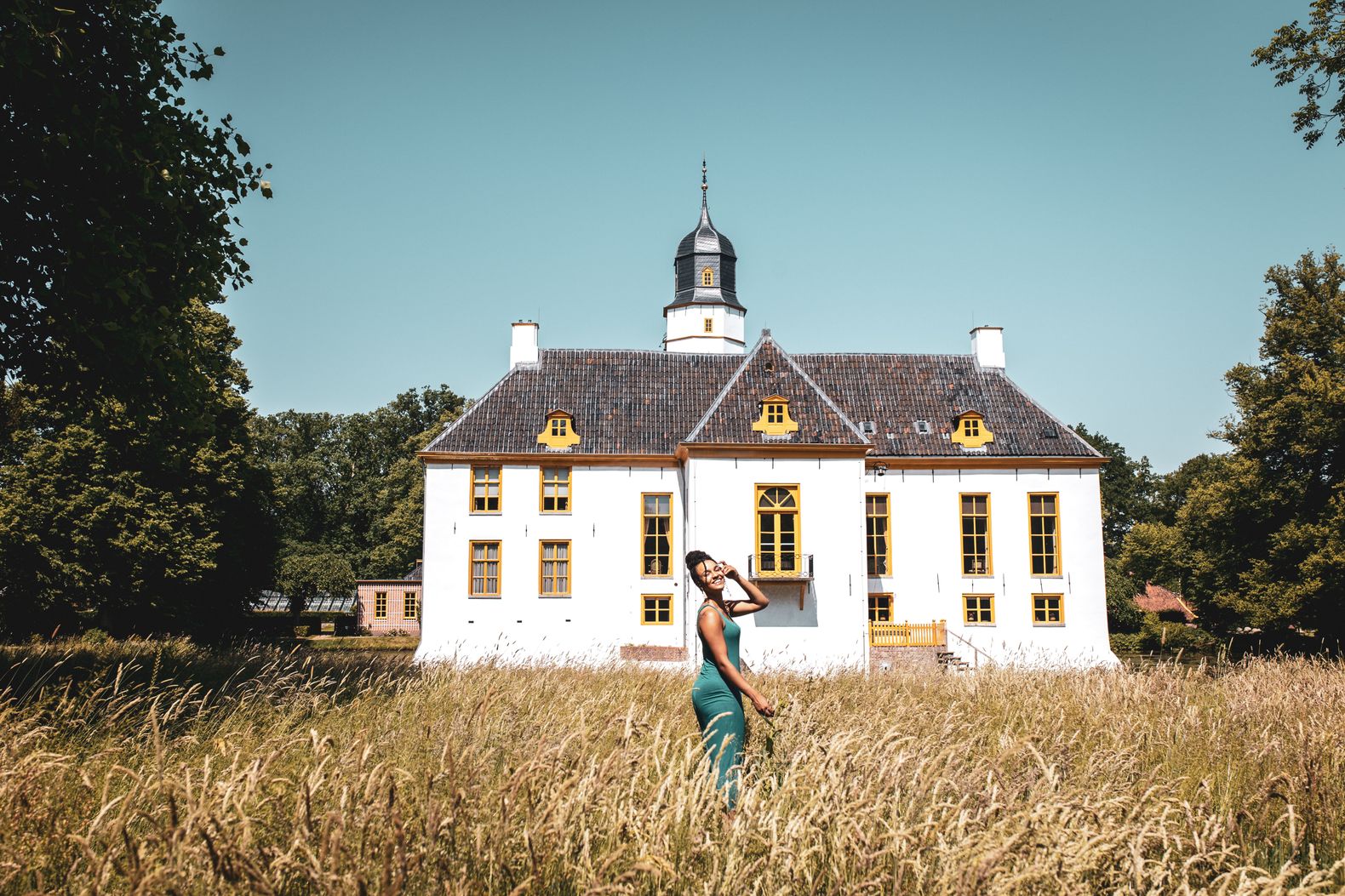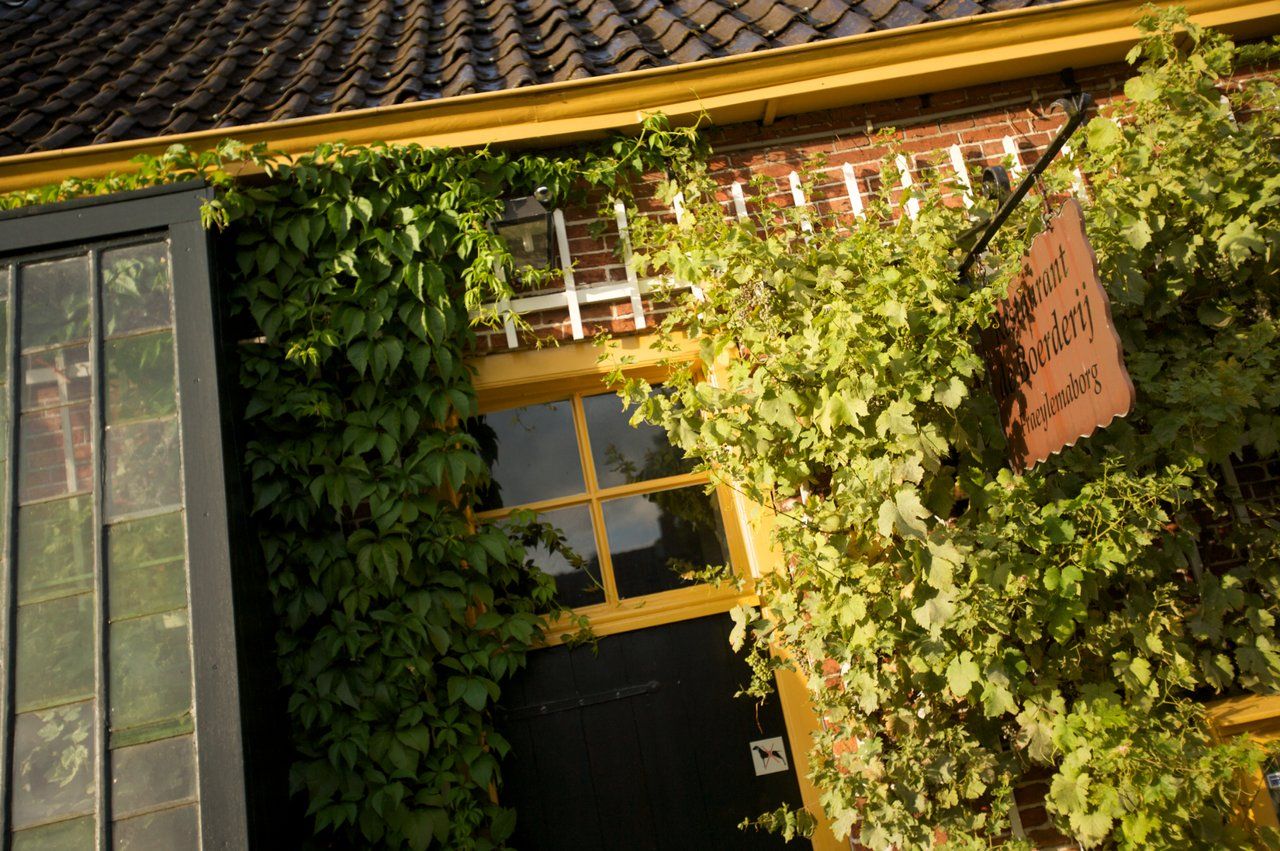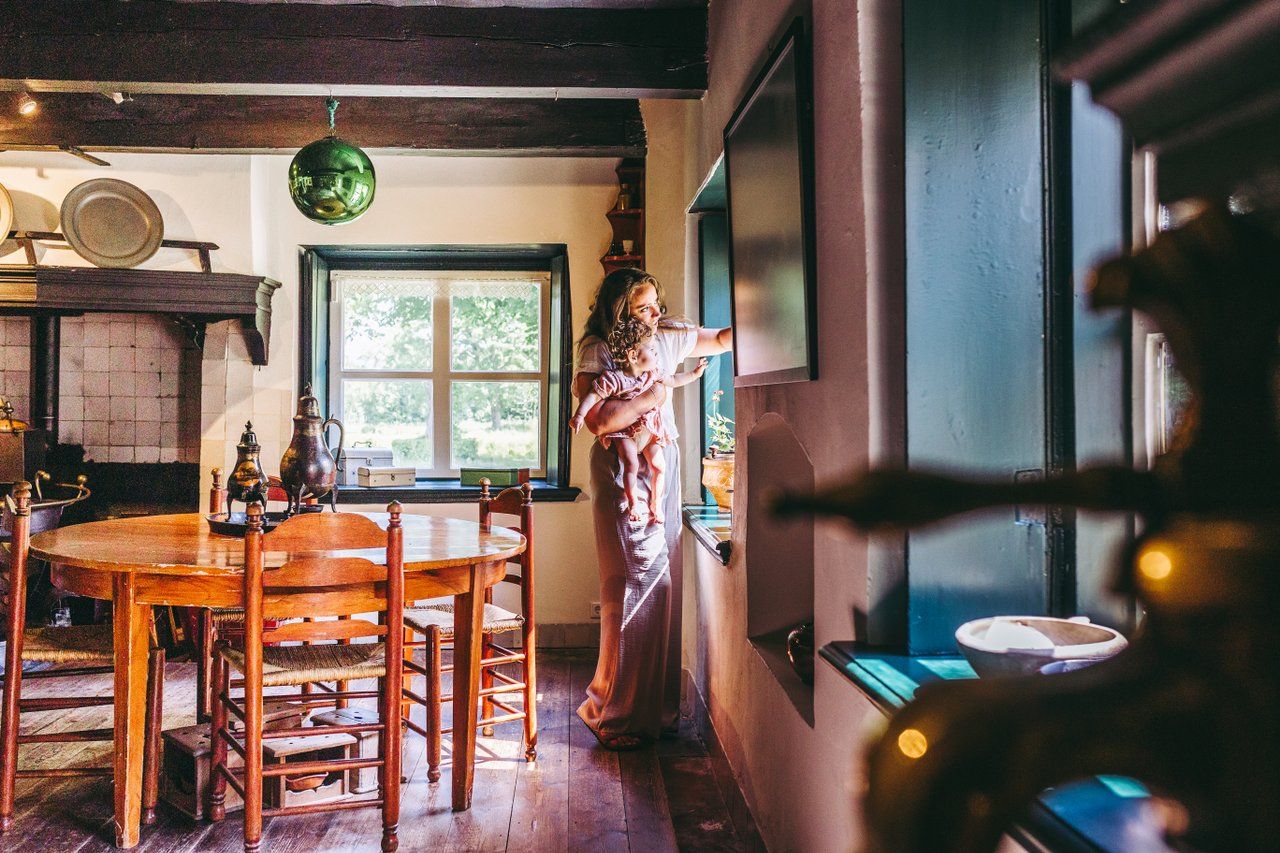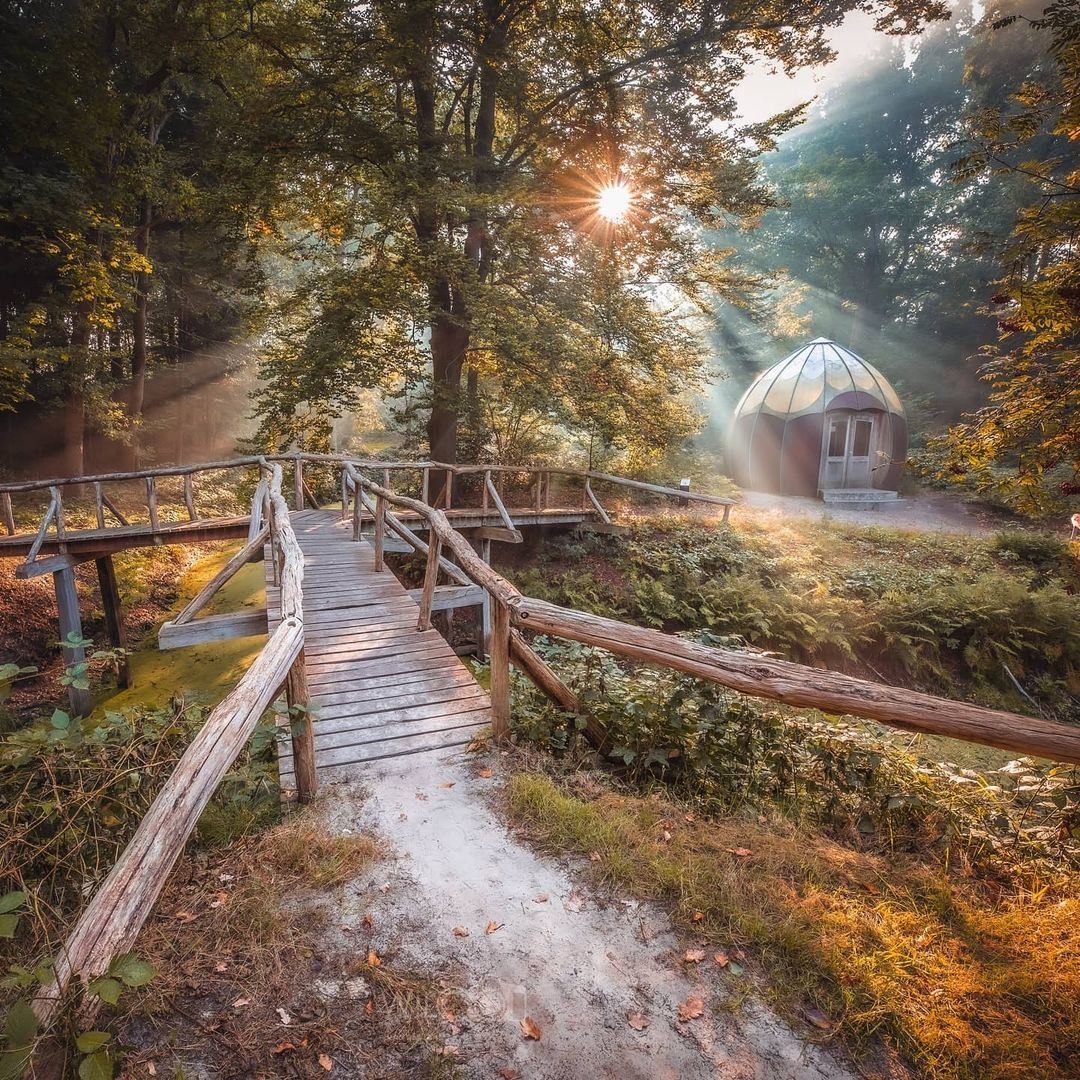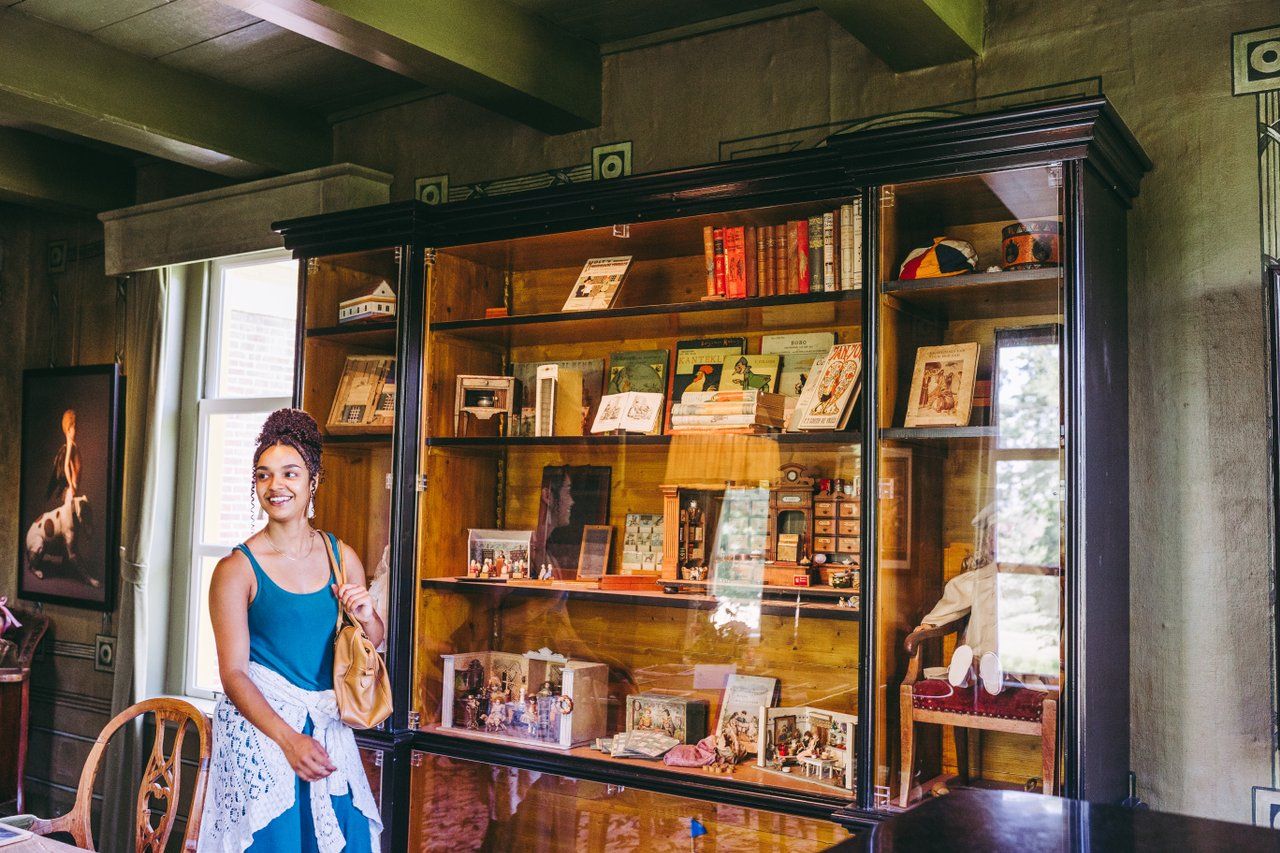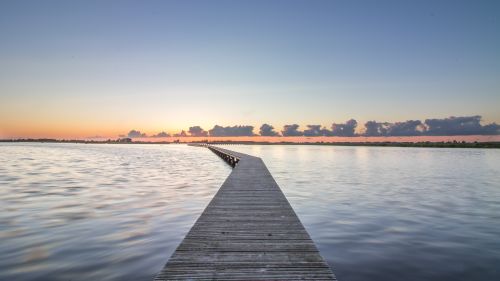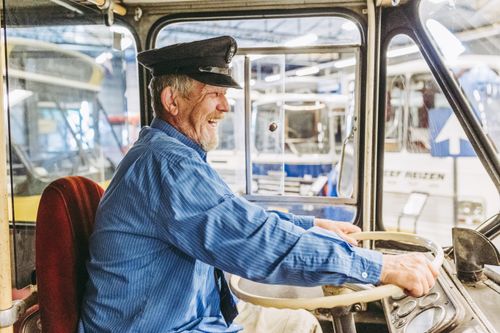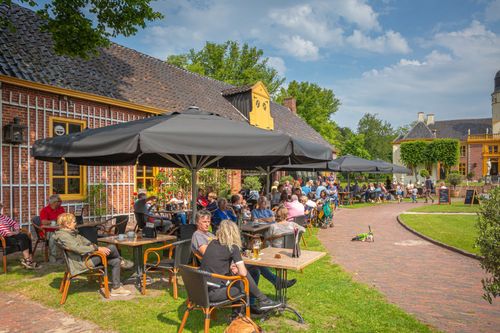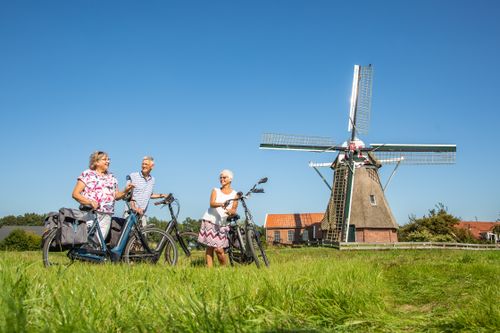Fraeylemaborg
Traces of nobles and patricians
Parts of this castle, called borg in Groningen, date back to the 13th century. In the centuries that followed, wealthy and influential Groningen families lived here and left their mark. And that can be seen on the outside of the borg, but also in the rich and historical interior that has been preserved as much as possible all these years. As if the last resident, damsel Louise Thomassen à Thuessink van der Hoop van Slochteren, only closed the door behind her yesterday instead of 50 years ago. But she would feel perfectly at home here today, just like the generations of nobles and patricians before her.
Uninhabited yet very much alive
Very early on, it was unthinkable for the 'common man' to visit the Fraeylemaborg 's posh rooms. Nowadays, it is all no longer so elitist and everyone is welcome. The borg is no longer inhabited, but it is very lively thanks to all the visitors and the many activities. Art markets, spring fairs, historical battles being re-enacted. In and around Fraeylemaborg there is always something to do. A visit to the stately borg and the estate is fun for all ages. There is an exciting treasure hunt for children that leads through the corridors and rooms of the borg.
A fairytale estate with 'follies'
The stately borg is surrounded by an estate designed in the 18th century using the gardens of French Versailles as inspiration. Later, this changed into an English landscape garden. The Slochter forest behind the borg is a beautiful nature reserve where every season has its own colours, scents and sounds. In spring, you'll find the rare Stein Plants and in autumn an array of different species of mushrooms. And then there are unexpected surprises in the form of so-called 'follies', small eccentric buildings. Besides the borg, you will also find a restaurant and an exhibition space on the historical grounds.
